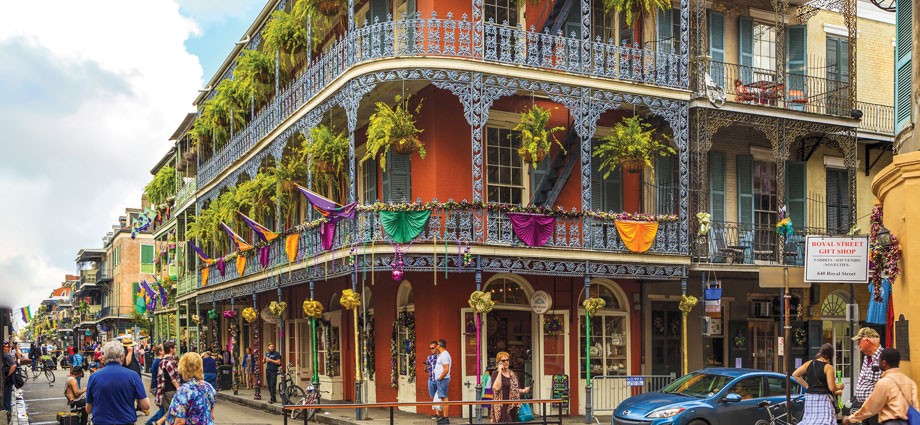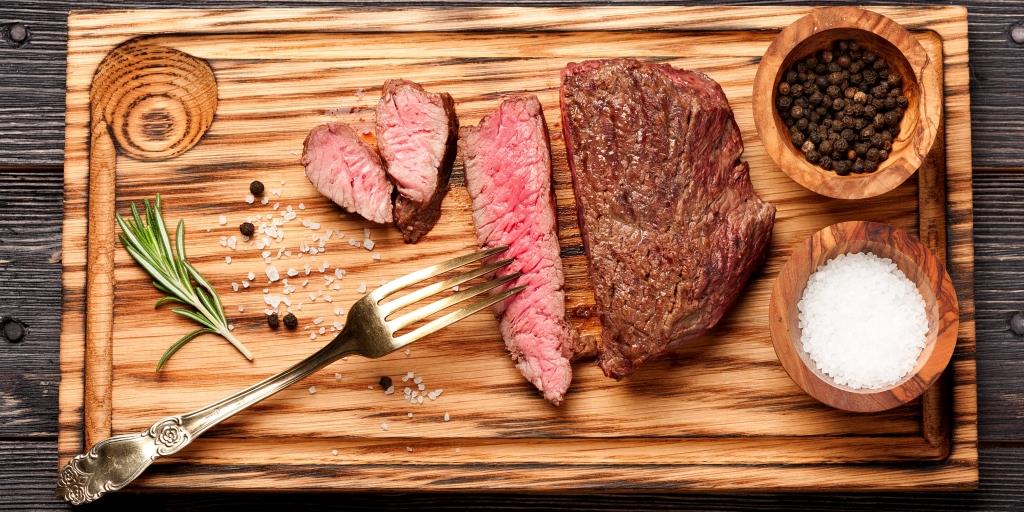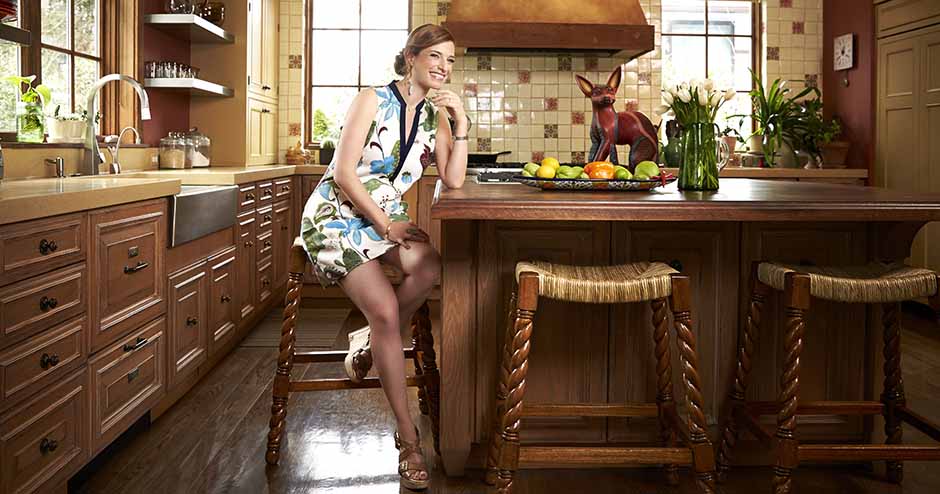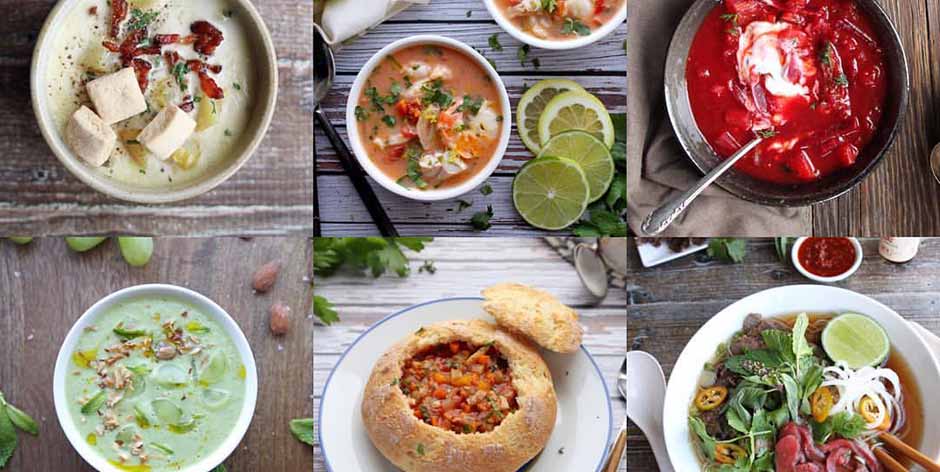Of all the regional cookery across the United States, Louisiana’s Creole and Cajun cuisines are perhaps the most interesting. From the late 17th century onward, the port city of New Orleans was a crossroads of trade and culture. The term “Creole” was a way to define a person born in Louisiana, but whose parents had a different heritage—Spanish, French, African, Amerindian or Caribbean. Cajun cuisine, by contrast, is the rustic, country-style cookery of the French-speaking Acadians deported by the British from Canada in the 18th century. Creole and Cajun can be used to describe people and cooking—one of the notable things the area is known for.
See also A Taste of Cuba.
A Literal Melting Pot of Cultures
The cooking is a blend of elements brought from all the cultures that call New Orleans and southern Louisiana home. Gumbo, a classic soup, acts as a metaphor—literally a melting pot of cultures: The roux is French, the okra is African, the peppers Spanish, and the filé (dried and ground sassafras) is native Choctaw. Among the other nationalities lending their influence to the region’s food are Italian, German, Irish and English—some 36 different nationalities have put down roots in New Orleans.
Chef Kevin Belton, a self-taught Creole chef and author of the new cookbook Kevin Belton’s New Orleans Kitchen (Gibbs Smith, 2018), credits the diversity of Louisiana cooking to the vast variety of readily available ingredients. “Where so many areas are starting to adopt this idea of farm-to-table and using local ingredients, we’ve had it all along,” he says. “We have a wealth of fresh ingredients, and we have delicious, fresh seafood.”
A Focus on Locally Sourced Ingredients
Starting in the colonial days, people combined ingredients that were easily available with cooking techniques of the Old World. The area is home to both freshwater and saltwater bodies, supplying indispensable components like oysters, crabs, shrimp, crawfish, and fish such as snapper, flounder and trout. New Orleans’ subtropical climate is a ripe breeding ground for tomatoes, garlic, red beans, peppers, rice, sugarcane, chayote (a pear-shaped fruit with a cucumber flavor), and various herbs and spices that are all characteristic elements of Creole and Cajun cooking. Chef Paul Prudhomme is famous for creating his own version of Cajun cooking, which he dubbed “Louisiana cooking.” The main distinction between Creole and Cajun food is that Creole is “city food” and Cajun is “country food.”
Though some differences will always remain (and may be decipherable only by locals), the two styles of cooking share similar classic dishes, including jambalaya, étouffée, boudin (various kinds of sausage), andouille sausage and the ubiquitous crawfish boil.
NOLA’s Culinary Hotspots
“It’s not so much what’s on the table, but who’s at the table,” says Belton. “In New Orleans, we still sit and spend time together around that kitchen table. We share our values, history and family time over food.” Among Belton’s go-to suggestions for New Orleans restaurants are Antoine’s, a 175-year-old restaurant that’s credited with inventing oysters Rockefeller; Dooky Chase’s Restaurant, run by the indomitable 95-year-old queen of Creole cuisine, Leah Chase; and Brigtsen’s, where chef Frank Brigtsen (who cooked with Prudhomme for years) offers modern takes on Creole and Acadian cuisine. If a travel south isn’t in the cards, though, the recipes in Belton’s book will be a great substitute.
Check out Kevin Belton’s recipe for Red Bean Chili with Jalapeno-Cheddar Waffle Bowls.










Comments